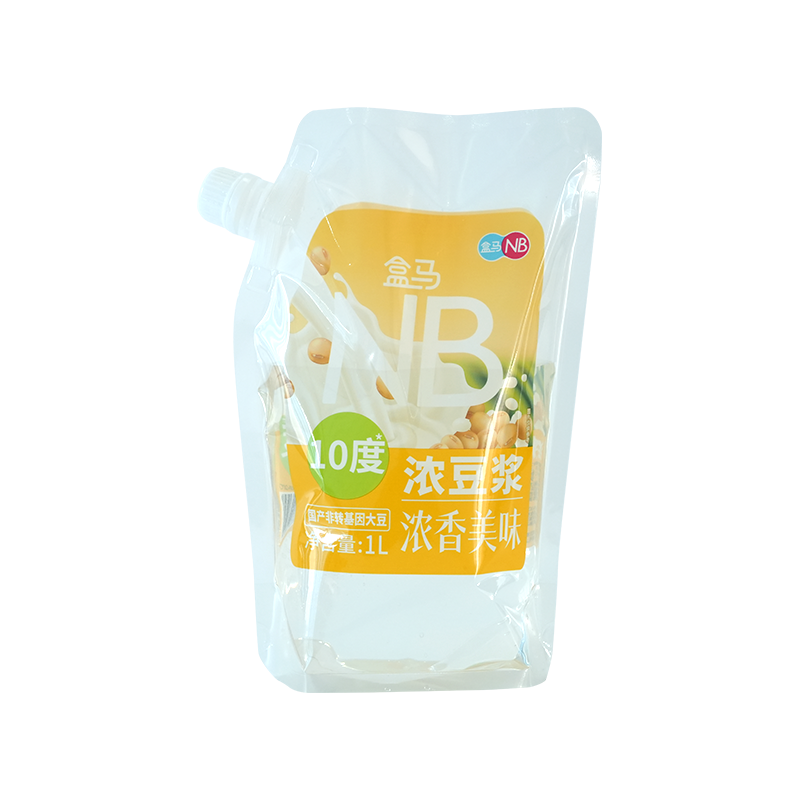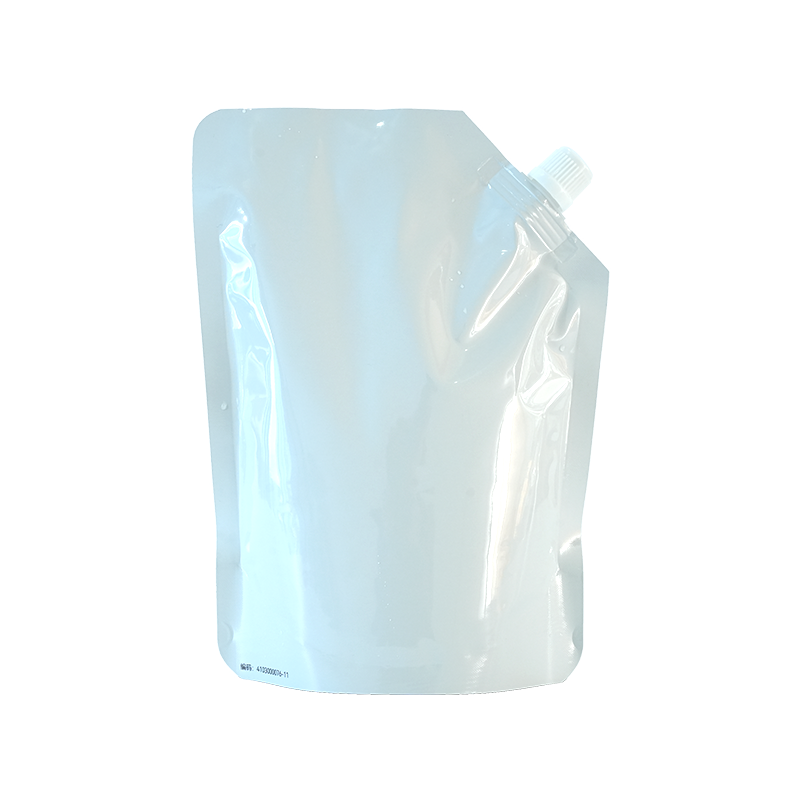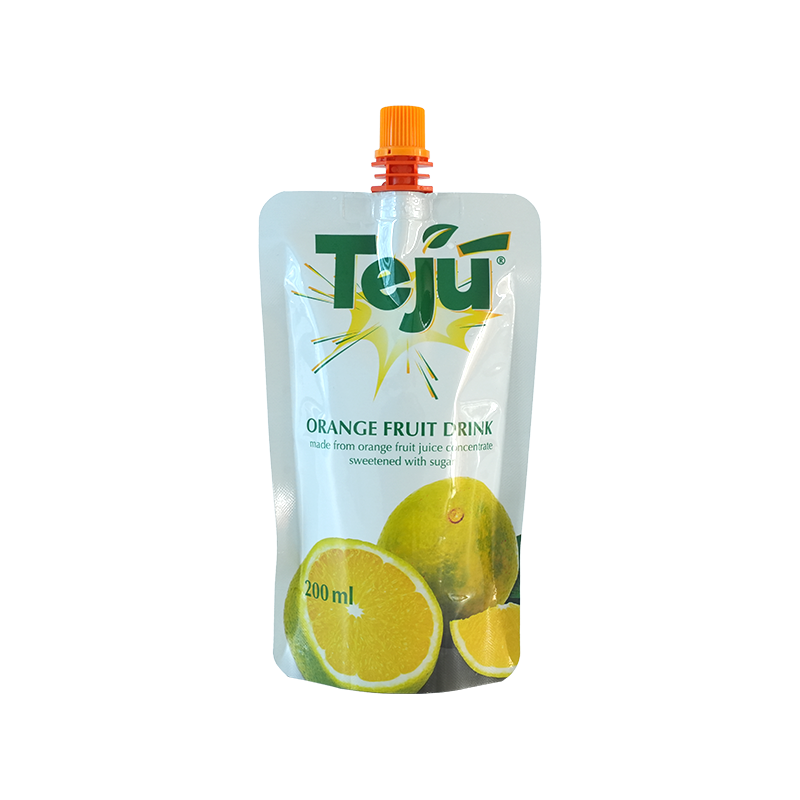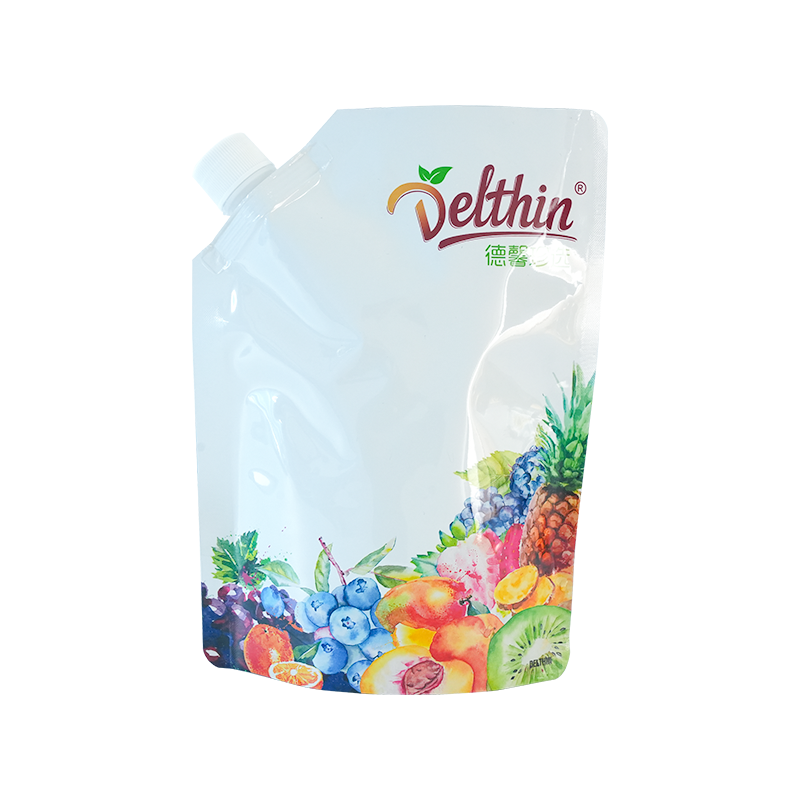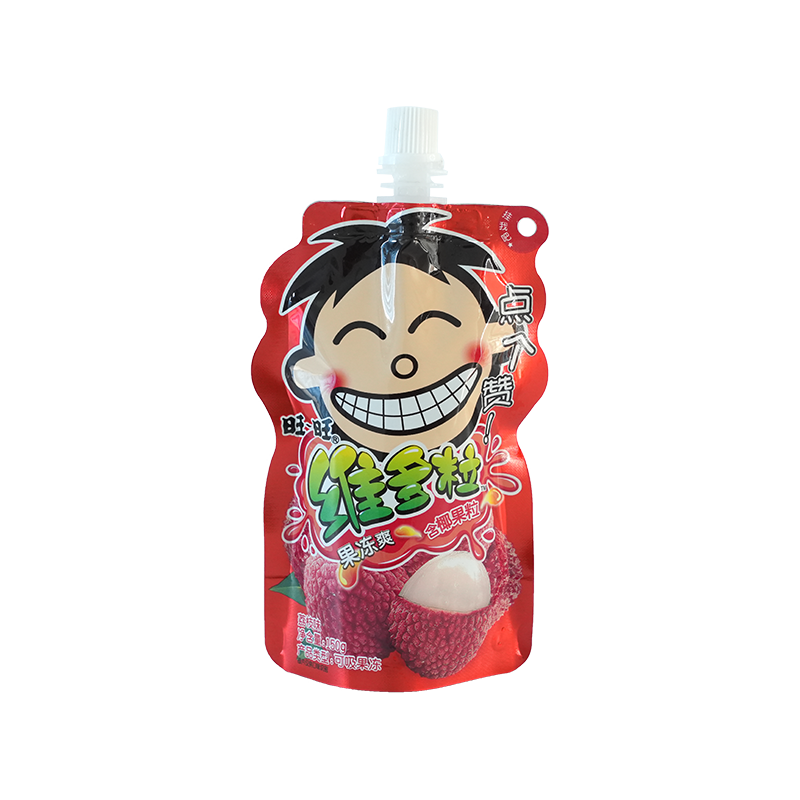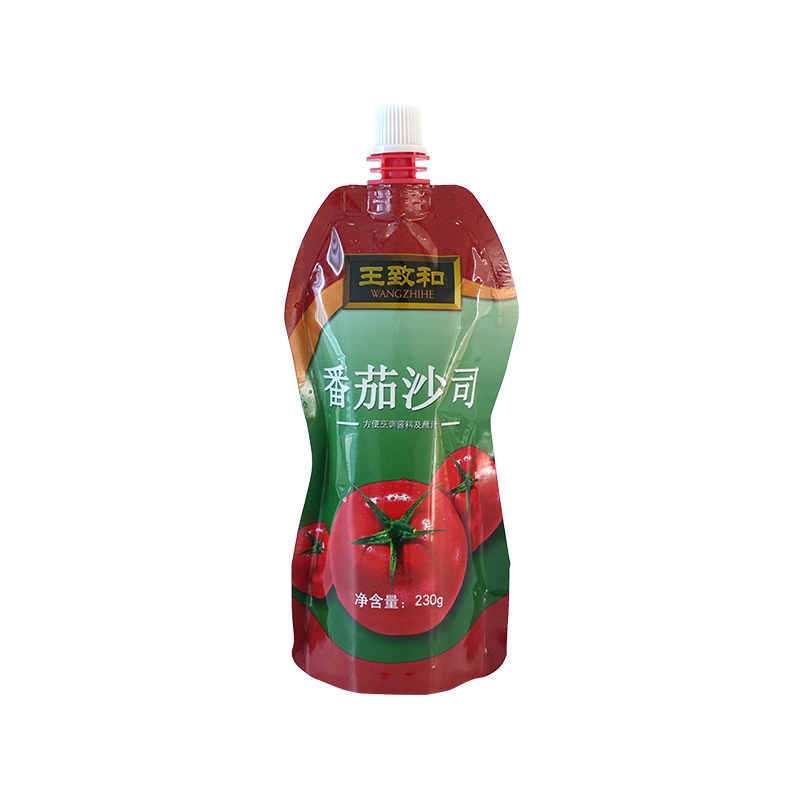The packaging of a food product is far more than a mere container; it is a sophisticated preservation system. For sensitive, value-added products like milkshakes, the integrity of this system is paramount to delivering a high-quality consumer experience. The shift from traditional glass bottles and plastic cups to the modern milkshake stand-up pouch represents a significant advancement in packaging technology. At the heart of this innovation lies a critical component: the multi-layer laminate structure.
The Enemies of Freshness: Understanding What the Pouch Must Combat
To appreciate the design of the laminate, one must first understand the external and internal factors that threaten a milkshake’s quality. A milkshake stand-up pouch is not designed in a vacuum; it is engineered as a precise response to these specific threats.
The primary external adversary is oxygen transmission. Oxygen is a catalyst for oxidation, a chemical process that leads to the degradation of fats and oils—a primary component of dairy. This results in rancidity, a noticeable and unpleasant off-flavor that renders the product unpalatable. Furthermore, oxygen can facilitate the growth of aerobic spoilage microorganisms. The second major external threat is light exposure, particularly ultraviolet (UV) light. Light can initiate photo-oxidation, which also leads to off-flavors and can degrade sensitive vitamins and color pigments, causing the milkshake to fade.
Internally, the product itself poses challenges. The high-fat content of dairy requires a robust barrier, and the product’s viscosity demands a package that is easy to handle and dispense. Perhaps most critically, the package must prevent moisture loss. Evaporation of water content can lead to a change in texture and consistency, making the milkshake seem thicker or icier than intended. Finally, the package must maintain aroma containment, ensuring the delightful smells of vanilla, chocolate, or strawberry are preserved until the moment the consumer opens it. Failure on any of these fronts leads to a subpar product, consumer dissatisfaction, and brand damage. Therefore, the search for high barrier flexible packaging is a top priority for product developers.
Decoding the Laminate: A Symphony of Functional Layers
A typical milkshake stand-up pouch is not made from a single material but is a complex laminate, often consisting of three, four, or even more layers. Each layer is meticulously selected and co-extruded or laminated together to create a single film that possesses properties no single material could achieve alone. This structure can be broken down into three primary functional groups: the outer layer, the barrier layer, and the sealing layer.
The Outer Layer: The Guardian of Durability and Print
The outermost layer of the pouch is its first line of defense. Its primary functions are mechanical protection and to provide a surface for branding. This layer is typically composed of materials like polyester (PET) or nylon (BOPA), chosen for their excellent tensile strength and puncture resistance. This durability is crucial for preventing tears and breaches during filling, transportation, and handling on the store shelf. Furthermore, this layer provides a superb, printable surface that allows for high-quality, vibrant graphics using flexographic or rotogravure printing techniques. This is essential for shelf appeal and brand recognition in a competitive market. Many outer layers also include additives to provide a matte or gloss finish, enhancing the tactile and visual experience, and UV inhibitors to block harmful light waves, addressing the threat of photo-oxidation.
The Barrier Layer: The Heart of Preservation
Sandwiched between the outer and inner layers lies the most critical component for preservation: the barrier layer. This is the engineered core that directly combats oxygen and light transmission. The most common material used for this purpose is aluminum foil, which provides a near-absolute barrier to oxygen, light, and moisture. However, foil can be prone to flex-cracking and is opaque, preventing consumers from seeing the product.
As an alternative, transparent high barrier films have been developed. These often involve coatings of silicon oxide (SiOx) or aluminum oxide (AlOx) applied to a film substrate like PET. These metallic oxides create a transparent, ceramic-like barrier that is highly effective at blocking oxygen transmission while allowing for product visibility. Another common material is ethylene vinyl alcohol (EVOH), a high-performance polymer resin renowned for its exceptional resistance to gas transmission, particularly oxygen. EVOH’s barrier properties are among the best in the polymer family, making it an ideal choice for preserving the freshness of oxygen-sensitive products like milkshakes. It is important to note that EVOH’s barrier properties can diminish in high-humidity environments, which is why it is always encapsulated within moisture-resistant layers like polyethylene, ensuring its performance is maintained throughout the product’s shelf life.
The Sealing Layer: Ensuring Integrity and Safety
The innermost layer, which comes into direct contact with the milkshake, is the sealing layer. This layer must be food-safe, inert, and capable of forming a strong, hermetic seal during the filling process. The most widely used material is polyethylene (PE) or cast polypropylene (CPP). These food grade films offer excellent sealability, even through potential product contamination on the sealing area. The strength of this seal is non-negotiable, as any failure results in leakage and spoilage. This layer also contributes to the pouch’s flexibility and its resistance to cracking at low temperatures, which is vital for products stored in freezers. The choice of a certified food contact material ensures there is no migration of packaging components into the product, safeguarding both taste and consumer health.
Table 1: Primary Layers of a Milkshake Stand-up Pouch Laminate
| Layer | Primary Function | Common Materials | Threats Mitigated |
|---|---|---|---|
| Outer Layer | Durability, Printing, Light Blocking | Polyester (PET), Nylon (BOPA) | Abrasion, Punctures, UV Light |
| Barrier Layer | Block Oxygen & Aroma Transmission | Aluminum Foil, EVOH, SiOx/AlOx Coatings | Oxidation, Rancidity, Flavor Loss |
| Sealing Layer | Hermetic Sealing, Product Safety | Polyethylene (PE), Cast Polypropylene (CPP) | Leakage, Contamination, Moisture Loss |
The Integrated System: How the Layers Work Together
The true genius of the milkshake stand-up pouch is not in the individual layers, but in their synergy. The laminate structure creates a whole that is greater than the sum of its parts. The durable outer layer protects the more fragile barrier layer from physical damage. In turn, the barrier layer is shielded from moisture by the sealing layer, which preserves its performance (a key point for moisture-sensitive barriers like EVOH). Meanwhile, the sealing layer is protected from oxygen and light by the outer and barrier layers, allowing it to maintain its integrity.
This integrated system creates a stable micro-environment within the pouch. By drastically reducing the ingress of oxygen and the egress of moisture and aroma compounds, the laminate ensures that the milkshake remains in a state of suspended animation. The flavors imparted by ingredients like vanilla bean, cocoa, or fresh strawberry are locked in, while the rich, creamy texture is maintained by preventing syneresis (liquid separation). The result is a product that tastes as the manufacturer intended, with a consistent mouthfeel and appearance from the first day of production to the last day of its stated shelf life.
Beyond the Laminate: Complementary Features for Total Protection
While the laminate wall is the main event, other features of the milkshake stand-up pouch contribute significantly to preservation. The most important of these is the fitment or spout. Typically, a plastic screw-cap closure is attached to the pouch via a specialized fitment that is heat-sealed between the laminate layers. The quality of this fitment and its seal is critical. It must provide an airtight closure after the initial filling to prevent any subsequent oxygen ingress. Modern resealable closures not only facilitate easy pouring and dispensing but also allow the consumer to reseal the package effectively, maintaining freshness after opening and enabling consumption over multiple sittings—a key convenience factor.
Furthermore, the very form factor of the stand-up pouch aids in preservation. Its ability to stand upright minimizes agitation and allows for more consistent and efficient filling, reducing the incorporation of air (and thus oxygen) into the product during the packaging process. The flat storage and transportation profile also lead to less overall material usage and lighter weight compared to rigid alternatives, which contributes to sustainability—a factor increasingly important to both wholesalers and end consumers.

